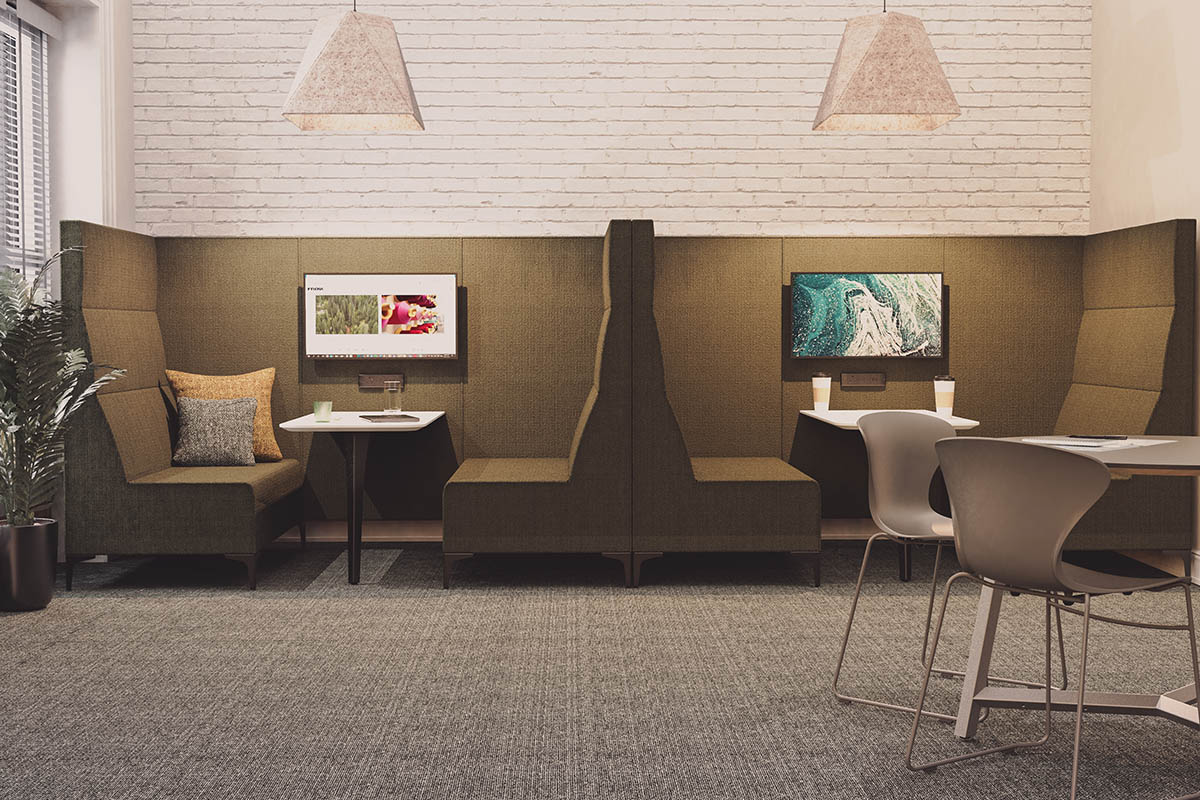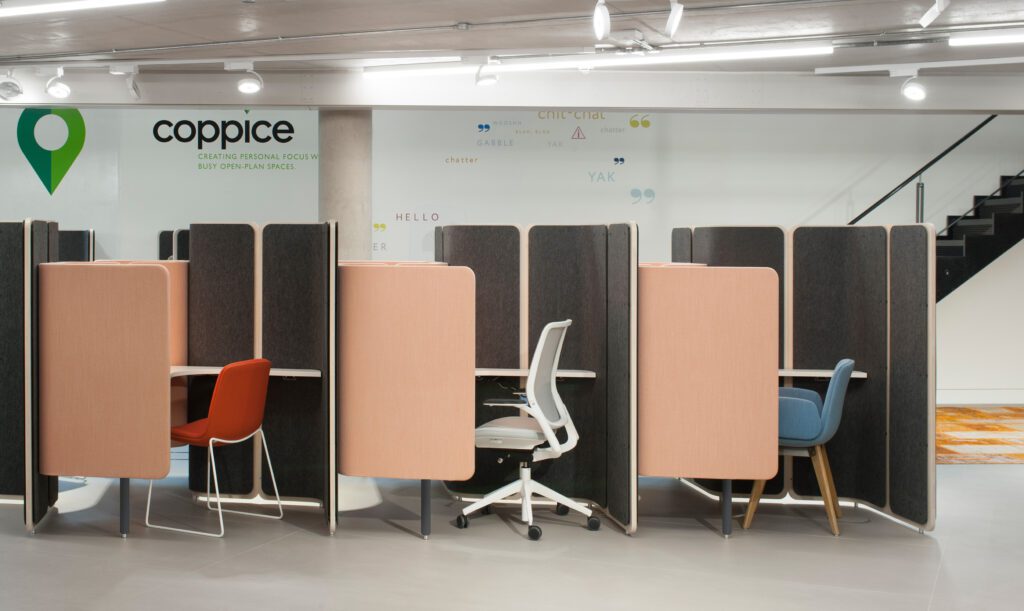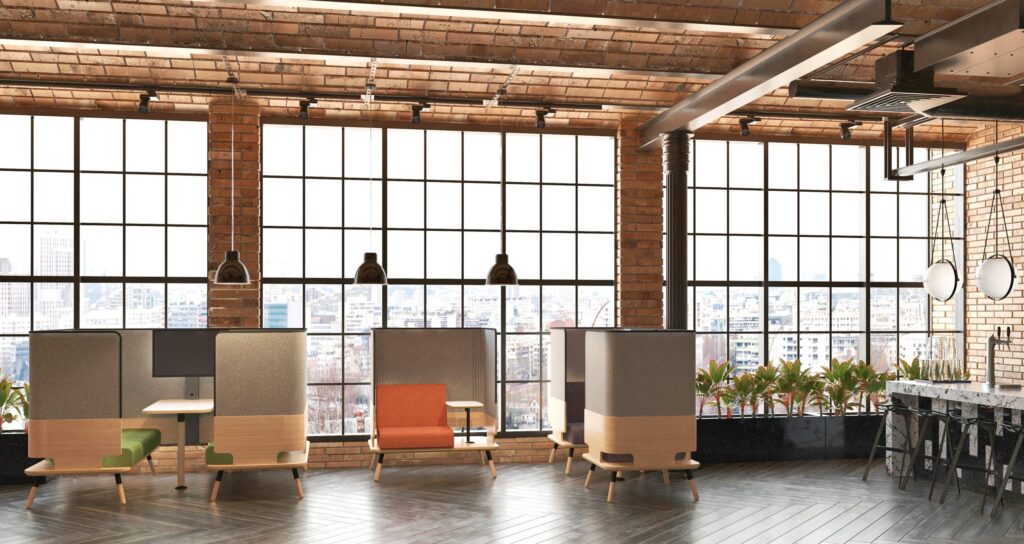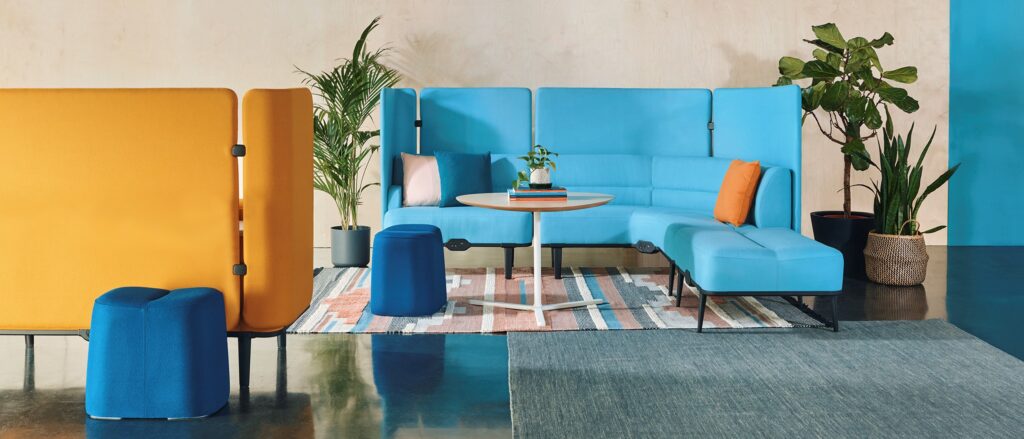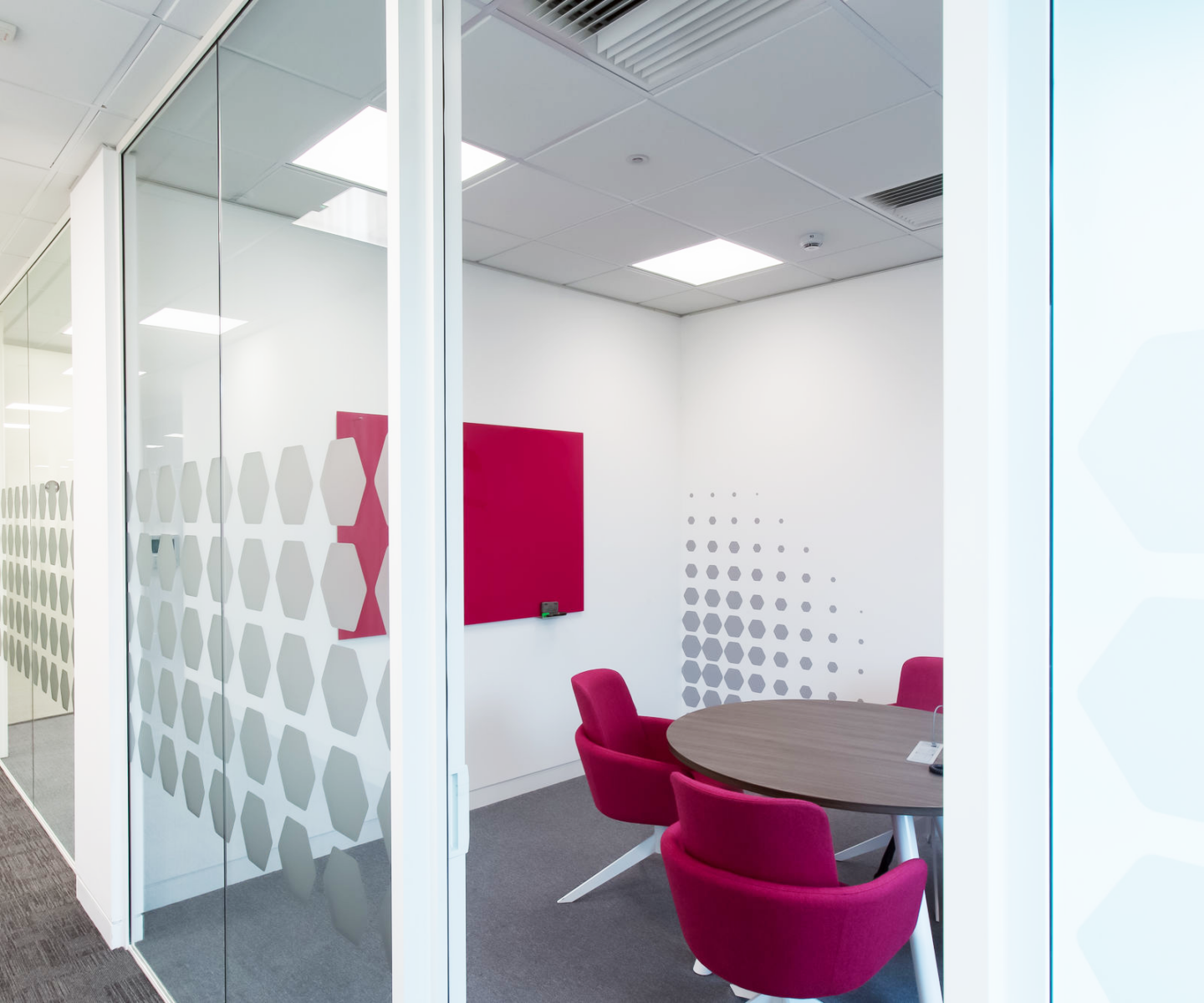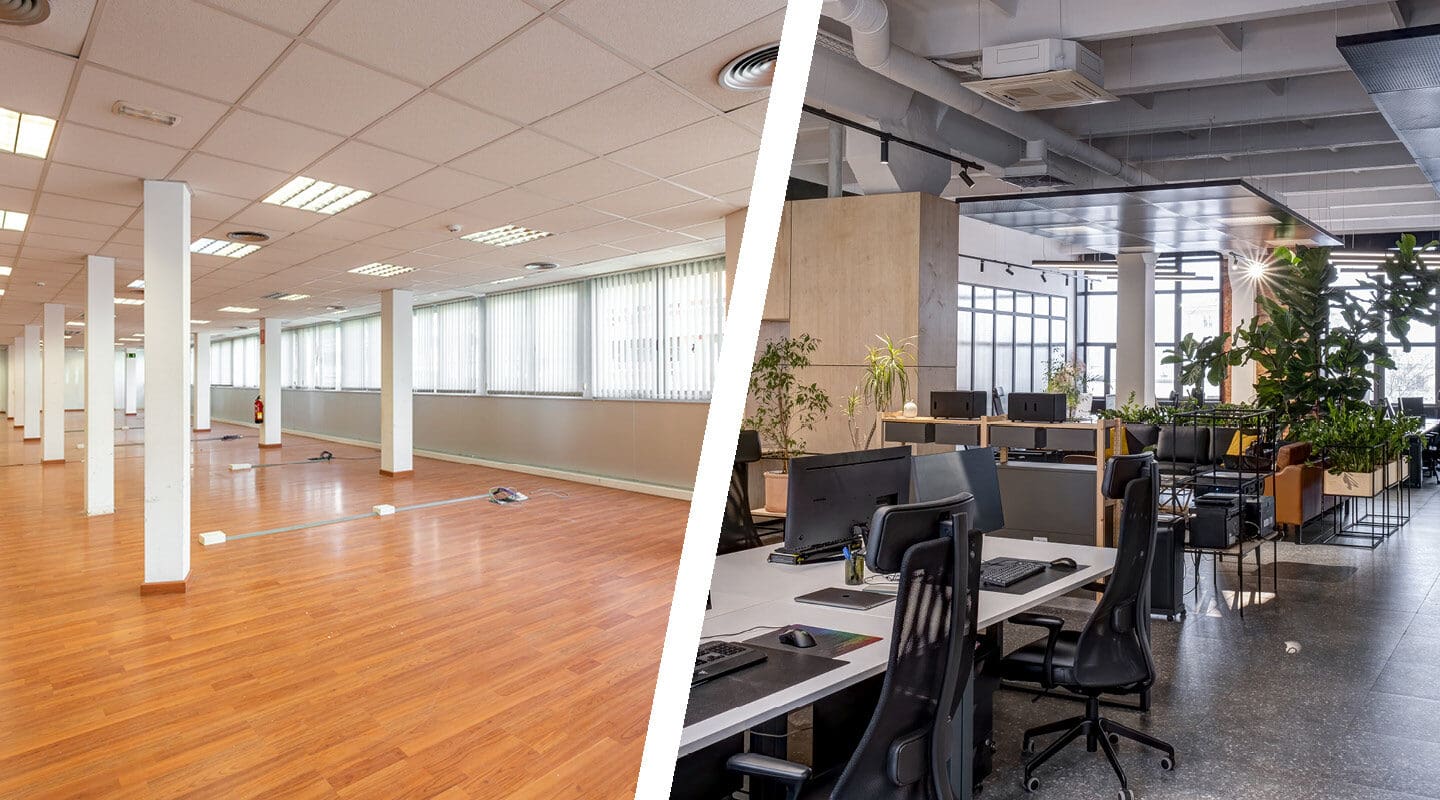What is Agile Working?
Agile working involves employers, managers, and employees exploring whether the work of individuals or teams can be done in a more flexible manner. This approach allows employees to choose work locations and times that suit them best, while still adhering to the guidelines set by the business.
The goal of a business in finding an agile working solution is to enhance employees’ ability to manage their work-life balance and improve their well-being, while still achieving the objectives of their role.
Agile Working is typically recognised as a flexible, temporary arrangement that does not require a formal change to terms and conditions. It is likely to vary across different departments, roles, and projects, as well as over time within the business.
Agile working can be implemented in various ways. It can serve as a short-term solution for a specific situation, a medium-term arrangement to accommodate seasonal variations, such as school holidays, or a long-term methodology where teams or individuals consistently work in an agile manner.
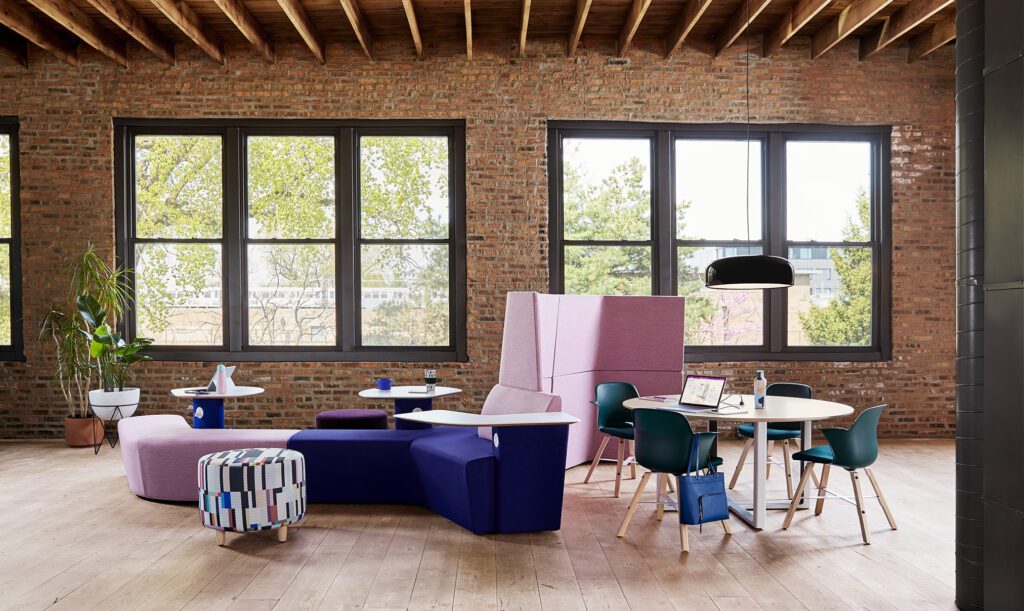
With the advent of technology platforms like Zoom and Microsoft Teams, staff can seamlessly engage and connect with their teams, regardless of their working location—whether in the office or working remotely. These tools facilitate real-time communication, video conferencing, and collaboration on projects, helping to maintain productivity and team cohesion. Features such as screen sharing, file sharing, and chat functions enable team members to work together effectively, minimising the challenges posed by geographical distances.
As more organisations adopt hybrid work models and aim to maximise the number of employees who can work flexibly, certain roles are still required to be performed in the office at specific times. For these employees, agile working may not be a viable option.
It is worth noting that agile working does not only mean working away from the office. Agile work encompasses more than working remotely; it can take many forms. It also refers to the various conditions under which teams and individuals operate. This includes the design of the office itself, which should extend to different working zones to provide a variety of spaces that are conducive to employee well-being and productivity.
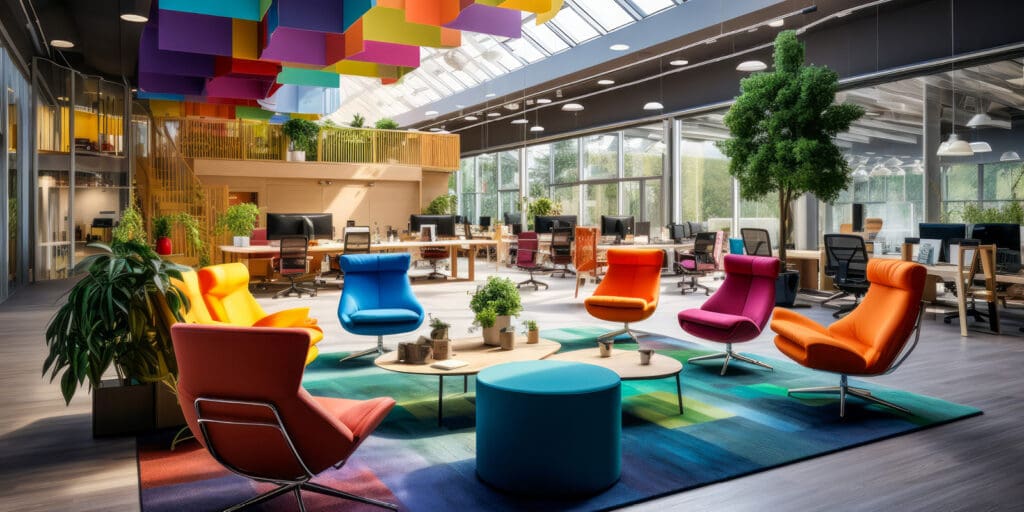
Active Based Working (ABW)
The core principle of agile workspace design is its inherent flexibility and adaptability. It moves away from the traditional assigned desks setup and embraces a concept known as activity-based working (ABW). This approach involves creating a variety of spaces tailored to different work activities, enabling employees to select the environment that best fits their immediate needs.
Numerous studies have documented the positive impact of agile workspaces on both individual and organisational performance. A 2020 study by Steelcase found that employees in agile workspaces reported 24% higher satisfaction, 35% greater agility, and 20% more innovation. Additionally, a further study revealed that companies with well-designed agile workspaces experienced a 10% reduction in space costs and a 20% increase in employee engagement.
Many employers are rethinking their office design, shifting away from cold, traditional setups and embracing a dynamic environment that promotes creativity and collaboration. From quiet individual work areas to team acoustic booths and spacious open-plan seating for brainstorming sessions, office designs are evolving to support agile working environments that enhance work-life balance.
As a result of these changes, remote workers are increasingly choosing to return to the office when possible. They appreciate agile workspaces that prioritise their needs, comfort, and productivity, enabling them to perform at their best.

